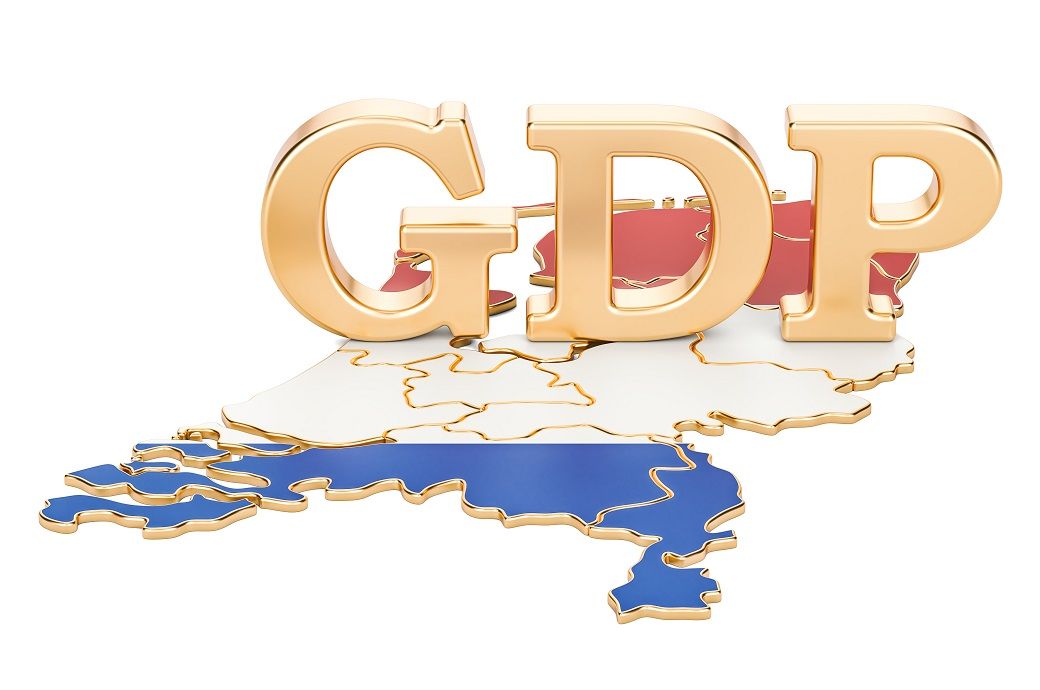
The contraction in Q2 is primarily attributed to a decrease in the trade balance. Exports fell by 0.7 per cent, primarily due to a drop in the exports of goods, while imports of goods and services rose by 0.5 per cent. Consequently, the trade balance was the most significant negative contributor to the contraction in the second quarter.
In more than half of the sectors, value added declined in Q2 2023 compared to Q1. Conversely, the energy sector recorded the strongest increase in value added, as per CBS.
The 0.3-per cent contraction in the Netherlands stands out compared to the economic development in neighbouring European countries. While the French and Belgian economies grew by 0.5 and 0.2 per cent respectively in Q2 2023, the German economy showed no growth, stagnating at 0 per cent. On average, GDP in the European Union (EU) remained the same, and the British economy grew by 0.2 per cent. However, compared to the pre-pandemic level in Q4 2019, economic recovery was stronger in the Netherlands than in neighbouring countries and across the EU.
Year on year, GDP contracted by 0.3 per cent in Q2 2023, marking the first contraction over two consecutive years. This is primarily due to the decreasing balance of trade, as exports of goods and services fell slightly, while imports grew by over 1 per cent.
In terms of revisions, the adjustment of the second estimate relative to the first has averaged nearly 0.1 percentage point over the 2018-2022 period, with extremes ranging between minus 0.3 and 0.7 percentage point, both occurring in 2021.
Fibre2Fashion News Desk (DP)